Pedestrian Paths and Bike Stairchannel Complete at Glenmont
As we continue to improve pedestrian and bicycle access to Metrorail, Metro has recently completed several improvements on the east side of Glenmont station.
Walking and bicycling are key access strategies for Metrorail, as Metro seeks to grow ridership in sustainable and cost-effective ways. As our studies have shown, accommodating new riders at our current access modal shares would be quite costly to the region. At Glenmont station, around 12% of riders in the morning arrive on foot or by bike, but there may be growth potential. Nearly 80 customers per day live within 1 mile of the station but currently park. Over 550 customers, or a third of all parking customers, live within 3 miles of the station but currently park.
To make Glenmont station more attractive and safe for pedestrians and bicycles, Metro’s Parking Office has constructed new paved pathways connecting the station to the intersection of Layhill Road and Glenallan Avenue, replacing a dirt path. Metro has completed this work as part of the Bicycle and Pedestrian Capital Improvement Program.

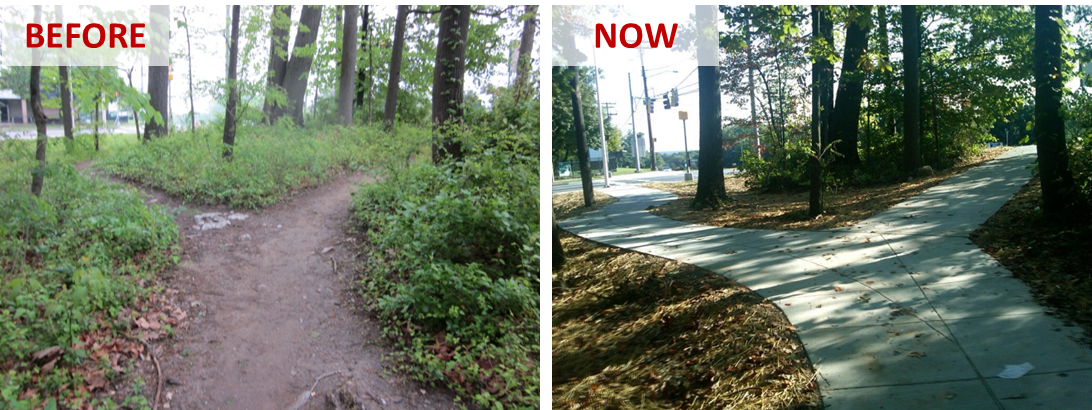
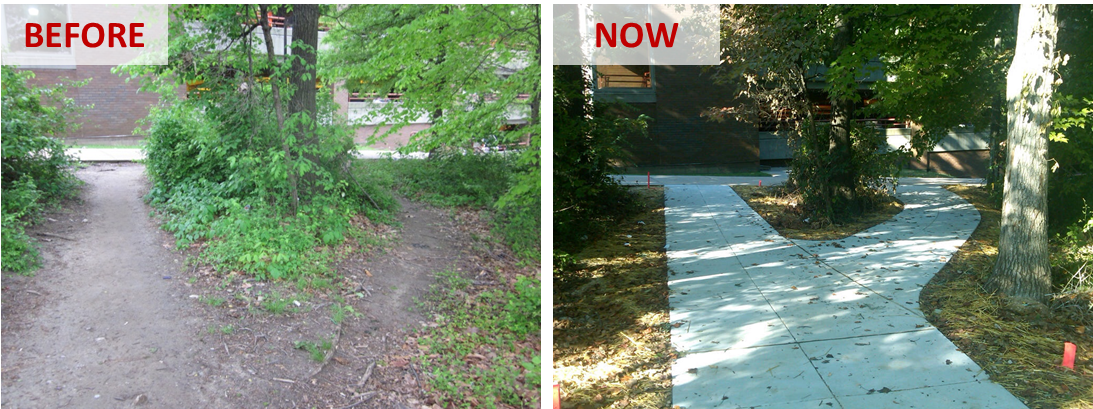

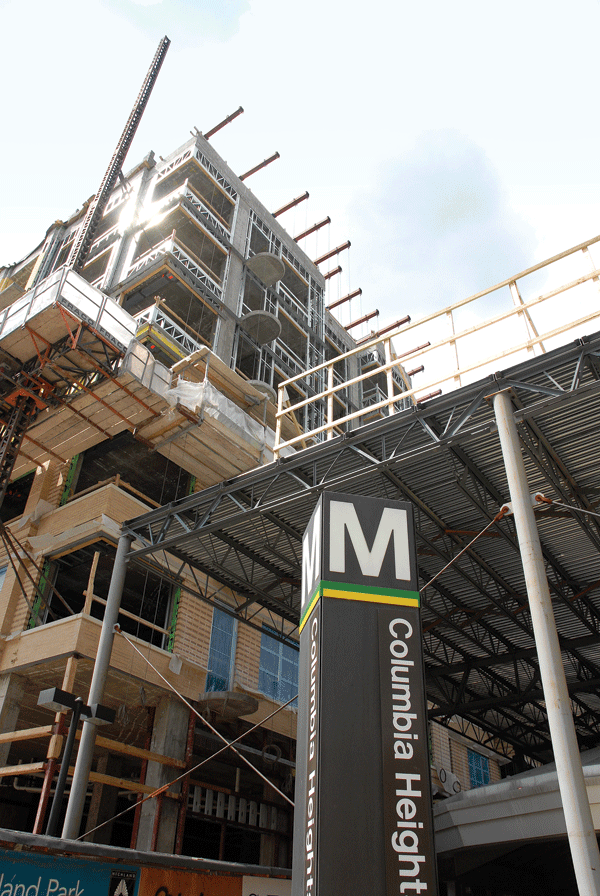
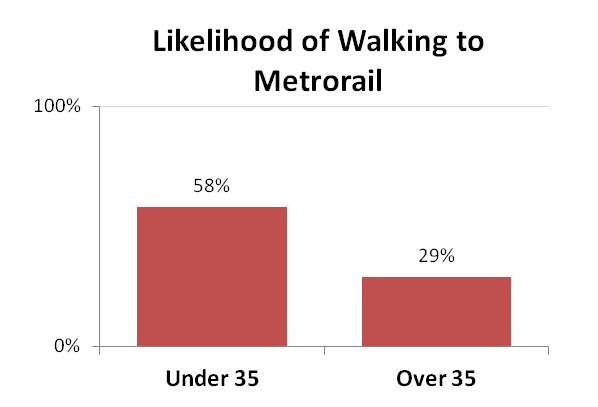
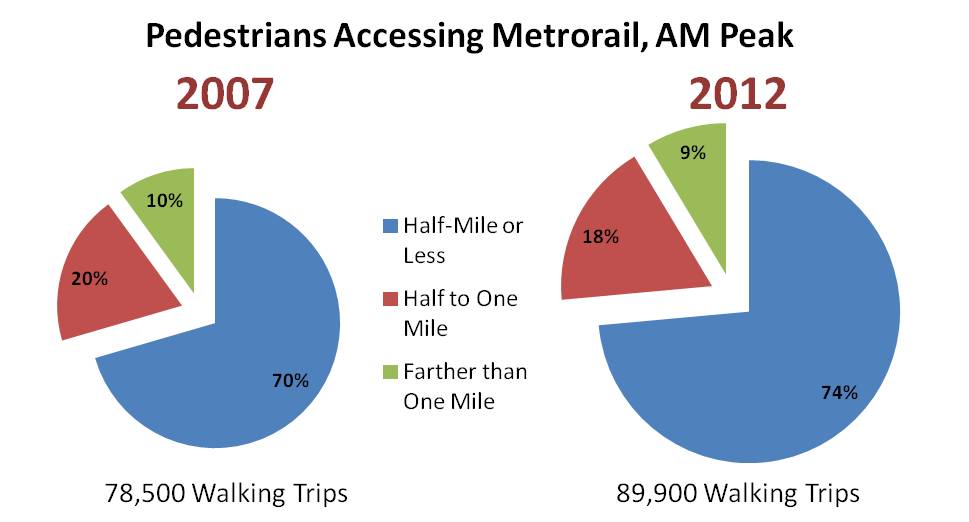
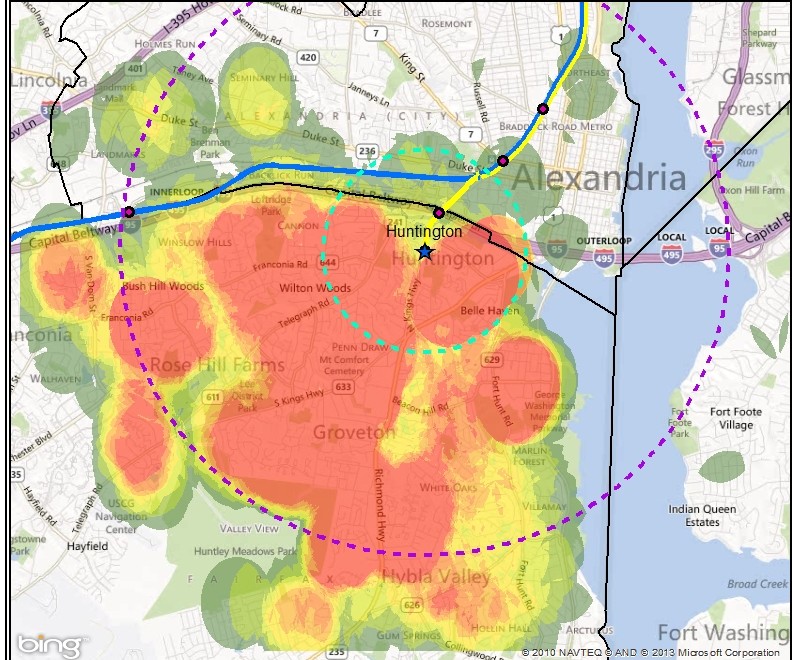
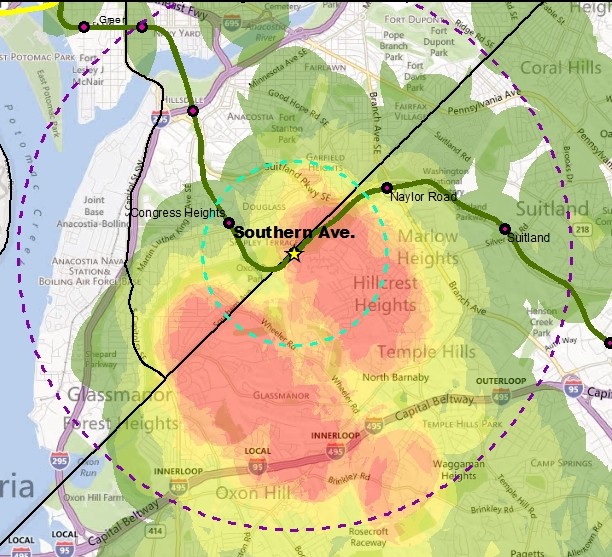
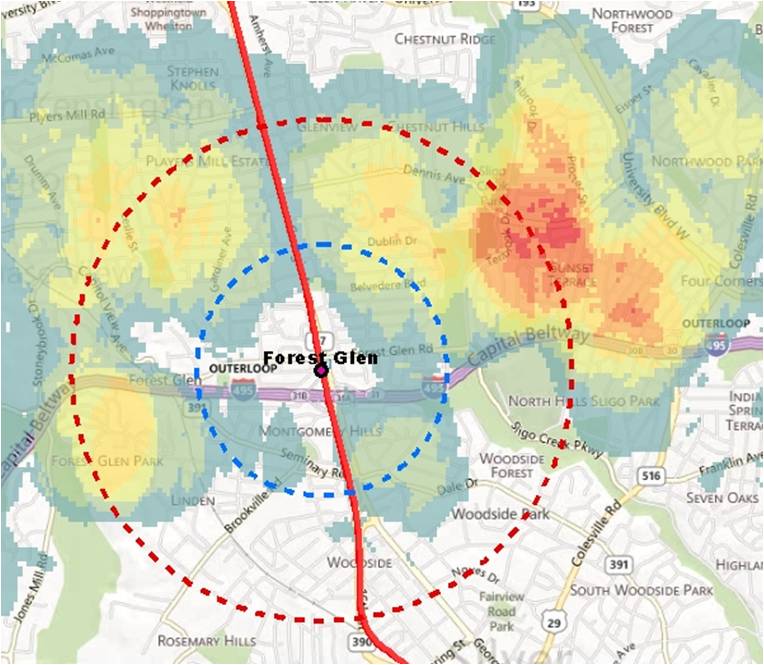
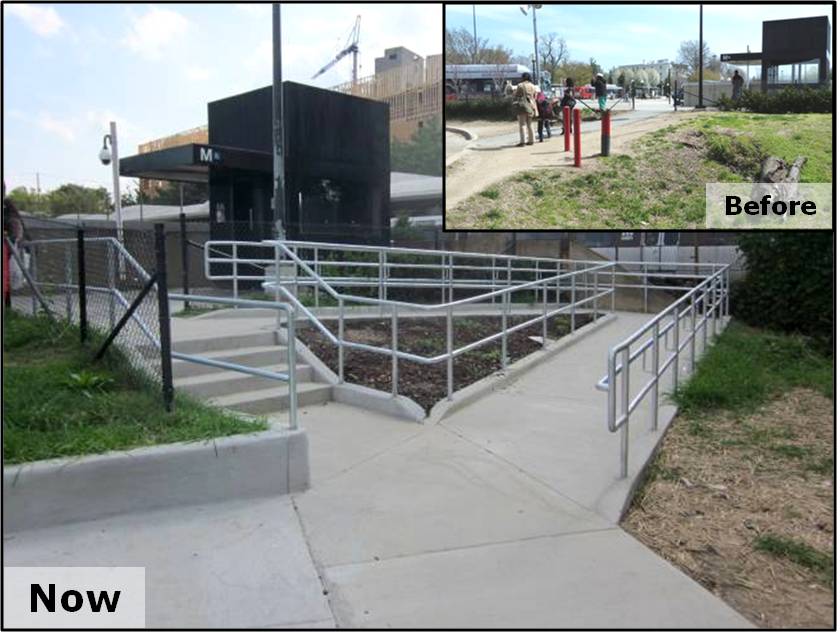
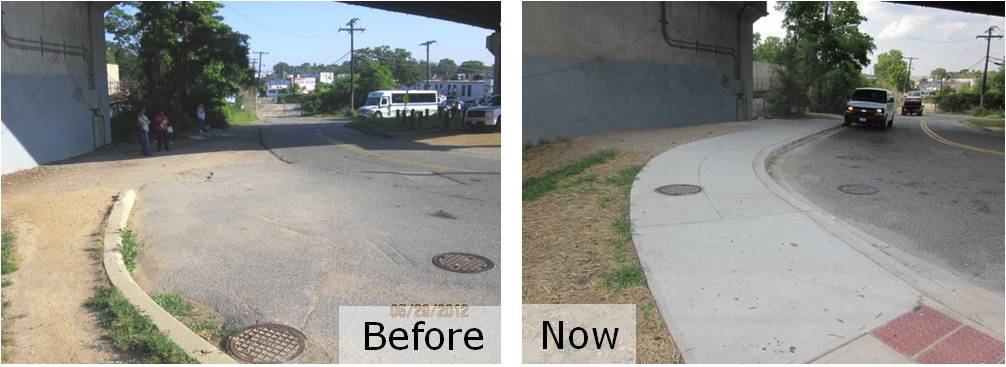
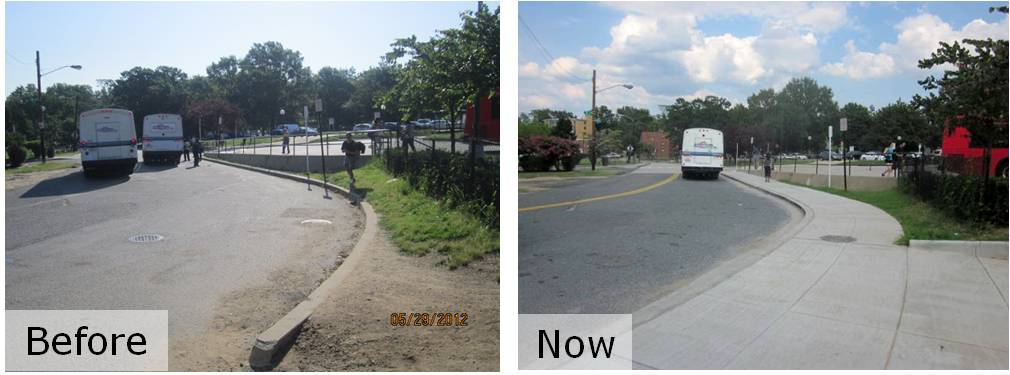
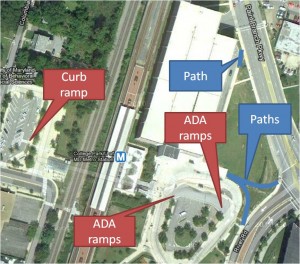


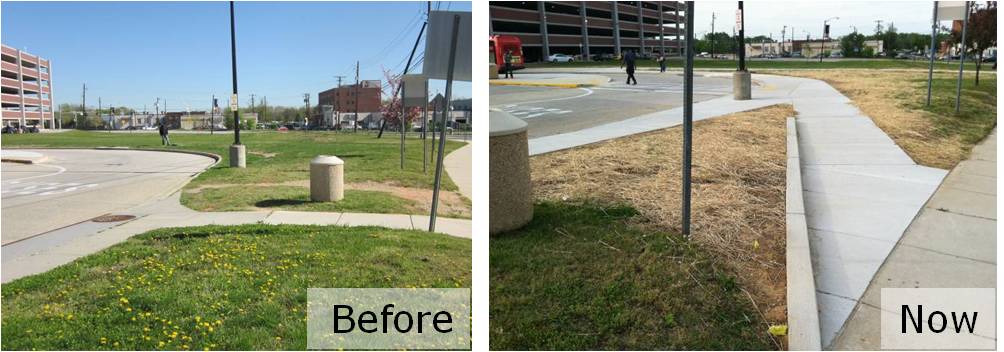

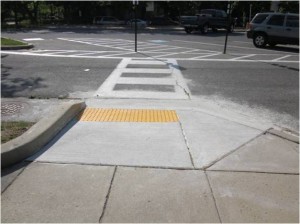

Recent Comments